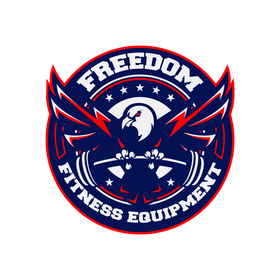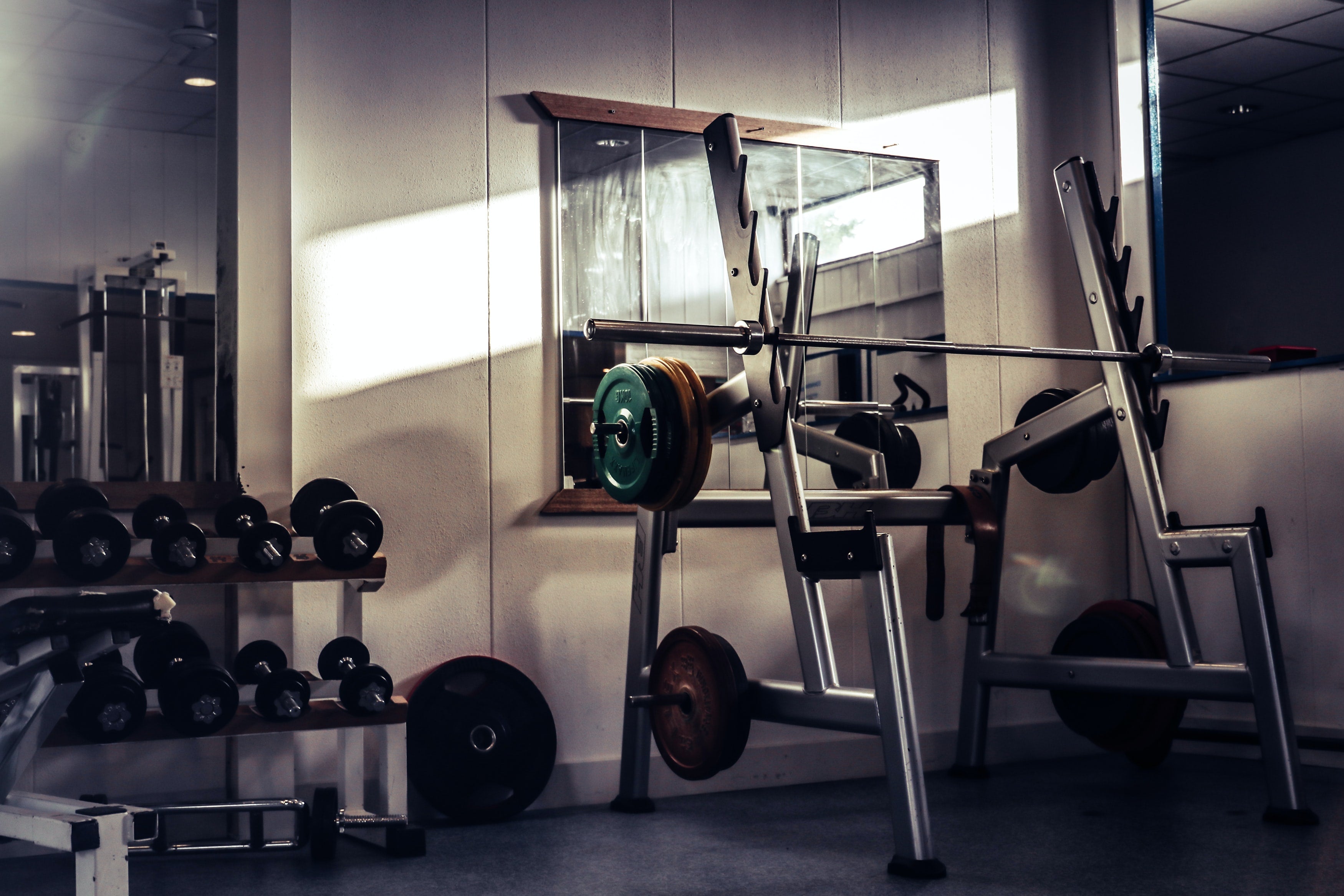Tired of Commercial Gyms, Commuting, Waiting for Someone to Finish Their Set?
So is everyone else.
That's why I built this guide.
Home gyms are the future.
But not everyone can afford a fully decked-out state-of-the-art commercial facility.
Enter the home gym market, which has exploded as a result of the COVID-19 Coronavirus pandemic in 2020.
Not only has the demand for home gym equipment skyrocketed due to the pandemic, options for home gym facilities have increased to unprecedented levels, even with prior shortages on products like rubber coated dumbbells, Olympic plates, barbells, and squat racks worldwide.
People even now are turning to the used gym equipment market in order to find cheaper alternatives to fitness equipment, as demand remains high.
Where do I even start?
With the whole host of options available for home gym users, how would you go about creating your own home gym for the first time?
Should I go with new or used gym equipment?
Who are the reliable suppliers and fitness equipment manufacturers for fitness equipment, and what setup works best for your home gym?
Even more importantly, what do all these weird terms mean? Terms like power rack, monolift, J-cup, or knurling?
The first place you need to start is with used gym equipment. I started my home gym with used plates and a power bar I found on Craigslist.
This will help you to understand the basics of weightlifting and resistance training, and allow you to experiment with less expensive equipment before you decide to invest in a new, shiny barbell and plates.
For now, however, we'll explore some basic fitness terms, what a beginner, intermediate, and advanced garage gym setup would look like, and the types of fitness equipment manufacturers and distributors that create reliable, and long-lasting gym equipment for a home gym setup that will last for years to come.
Some Basic Terms
Squat rack - a generic term for a setup that, at a minimum, allows you to squat. This could include sub-categories such as power racks, half racks, or combo racks.
Rack Attachments - pieces that you can attach to your squat rack over time, which allow you to do different types of workouts. These attachments can include things like J-Cups, Monolift attachments, Sandwich cups, Roller Cups, Spotter Rods, Spotter Arms, and more. Just know that rack attachments are essential to help you to accomplish more with your workout than just having a squat rack.
Olympic Barbell - a round piece of steel with rotating circular "collars" on the end that allow you to add weights, which will increase or decrease the amount of load you are lifting. Olympic barbells are typically 45 pounds in weight, and 7 feet long.
Dumbbell - come in many shapes and sizes, from fixed and metal, to rubberized and adjustable. These are composed of a metal handle surrounded by weighted ends, and come in various sizes from 1 pound to 200 pounds or more.
Olympic Plates - Circular pieces of metal that you can slide onto the "collars" of your Olympic Barbell. This allows you to increase the load during weight training. The hole in the center of an Olympic plate is 2" in diameter. This is in contrast to a "standard" plate, which has a center hole of only 1" in diameter. Be aware of the difference.
NOTE: Creating a home gym is possible with JUST an Olympic barbell and Olympic plates.
You will need to setup your home gym using the equipment that fits your training style. Some fitness equipment is more expensive than others, and certain brands are more reliable than others.
In the used gym equipment market particularly, the higher quality brands and materials will stand up to the test of time, while cheap Chinese-made barbells and racks with thin still and low tensile strength will warp, corrode, and breakdown quickly.
Let's explore what a good, basic used home gym setup would look like for first-time home gym users!
Basic Used Home Gym Setup
| Olympic Barbell |
Squat Rack |
| Lock Collars | J-Cups/Spotter Rods |
| Olympic Plates | Adjustable Weight Bench |
All you really need for a basic home gym setup is a bar, plates, rack, and rack attachments, like a J-cup or spotter rods.
Everything can be done inside the rack, (or directly outside the rack for deadlifts). You don't even need a bench, as you can bench-press on the floor, but it is nice for accessory work and adjusting bench-press angles to hit different muscles during a workout.
Let's start with the barbell.
The Barbell
Olympic barbells come in different shapes and sizes, and there are multiple types of "specialty" bars, safety bars, and bars exclusive to certain types of exercises. For the purposes of this guide we will be focusing only on the traditional Olympic barbell, which is a 45lb barbell, 7 feet long, with 2" sleeves or collars for loading Olympic plates.
Most barbells look like this:

Barbells are generally made from some sort of steel or iron alloy. The differences between bars will come in various forms and include things like:
- Knurling pattern
- Loadable sleeve/collar length
- Sleeve/collar bearing type
- Shaft diameter
- Barbell length
- Coating
Knurling:
Barbells have different "knurling" patterns, or marking patterns on the shaft of the barbell (the part that you grip with your hands when weightlifting). Knurling is a fancy word to describe the textured pattern on the barbell that makes the bar easier to grip.
Here's a close-up example of knurling:

(Knurling)
Knurl comes in different texture patterns. These include passive knurling that provides very slight grip advantages, to aggressive knurling which really "sticks" to your hands during a lift, and makes it easier to hold onto the bar during heavy weightlifting sessions.
I prefer an aggressive knurl, such as a "volcano" knurl for most of my lifts. You may prefer a more passive knurl for your lifting routine.
Barbell Collars/Sleeves:
The "sleeves" or collars on your barbell are the loadable portion of your barbell where you put Olympic weight plates. The collar of a barbell can vary in length depending on the type of barbell that you purchase. Some have longer sleeves than others, but the typical "loadable" portion of your barbell (the portion of your barbell where you can put Olympic plates) will generally be 16", which means you can put up to 9 x 45lb Olympic plates on each end of your barbell (depending on the Olympic plate size).
Here's what the collar/sleeve of a barbell looks like:

(Hammer Clad Collar/Sleeves)
Bearings:
Inside of the sleeve of a barbell are either bushings or some sort of bearing, or mechanism to allow the bar to spin freely.
Here is an example of "needle bearings" which are long and round bearings encased inside of the barbell sleeve:
(Bushing [left] Needle Bearings [right])
The bar spins using the bearings, and how quickly or slowly it spins is dependent on the type of bearing or bushing inside of the barbell sleeve.
For most people, a barbell with bushings will work for most applications.
For Olympic lifting, you want a used barbell with needle bearings, but for powerlifting or general weightlifting (squat, benchpress, deadlift), you would want a barbell with bushings.
Olympic lifters want a barbell that spins quickly, due to the type of lift. When lifting the barbell overhead for a clean and jerk, or press motion, the barbell will rotate in the lifters hands. In order for the barbell to rotate quickly and smoothly, needle bearings create less friction on the rotation of the barbell sleeves. This assists the lifter in bringing the bar up off the ground and rotating it overhead.
For powerlifting or general weightlifting, such as squat, benchpress, and deadlift movements, barbell rotation can actually work against you during these lifts. Thus, a bushing bearing in the barbell sleeve is preferred to reduce the "spin" of the sleeve.
Diameter:
Barbell diameters vary depending on the type and quality of the barbell. Most barbells will be between 28mm - 29mm in diameter on the "shaft" or non-loadable middle portion of the barbell where your hands grip during weightlifting. Women's barbells will be 25mm in diameter.
Here is the shaft of the barbell:

For most lifters, a used barbell between 28-29mm will work just fine.
There are certain bars measuring 31mm or more, and they can work for beginning lifters who just need a barbell to lift with. However, if you can find a high quality 28-29mm barbell, choose that over a larger diameter. It will be easier to grip.
Intermediate Home Gym Setup
Olympic Barbell
Lock collars
Curl Bar
Olympic Plates
Adjustable Dumbbells
Adjustable Bench
Squat Rack
J-Cup Rack Attachments or Spotter Rods
Cable Pulley System
Assault Bike
Rubber Flooring
Advanced Home Gym Setup
Olympic Barbell
Powerlifting Barbell
Lock collars
Curl Bar
Olympic Plates
5-50lb Fixed Rubber Coated Dumbbell Set
Adjustable Bench
Flat Bench
Squat Rack
Rack Attachments
Cable Pulley System
Cardio Equipment
Deadlift Platform with Rubber Side Pieces
Freedom Fitness Equipment has assembled a comparison chart of the Beginner/Intermediate/Advanced Home Gym Setups so you can look and see what the best setup is for your home gym.


